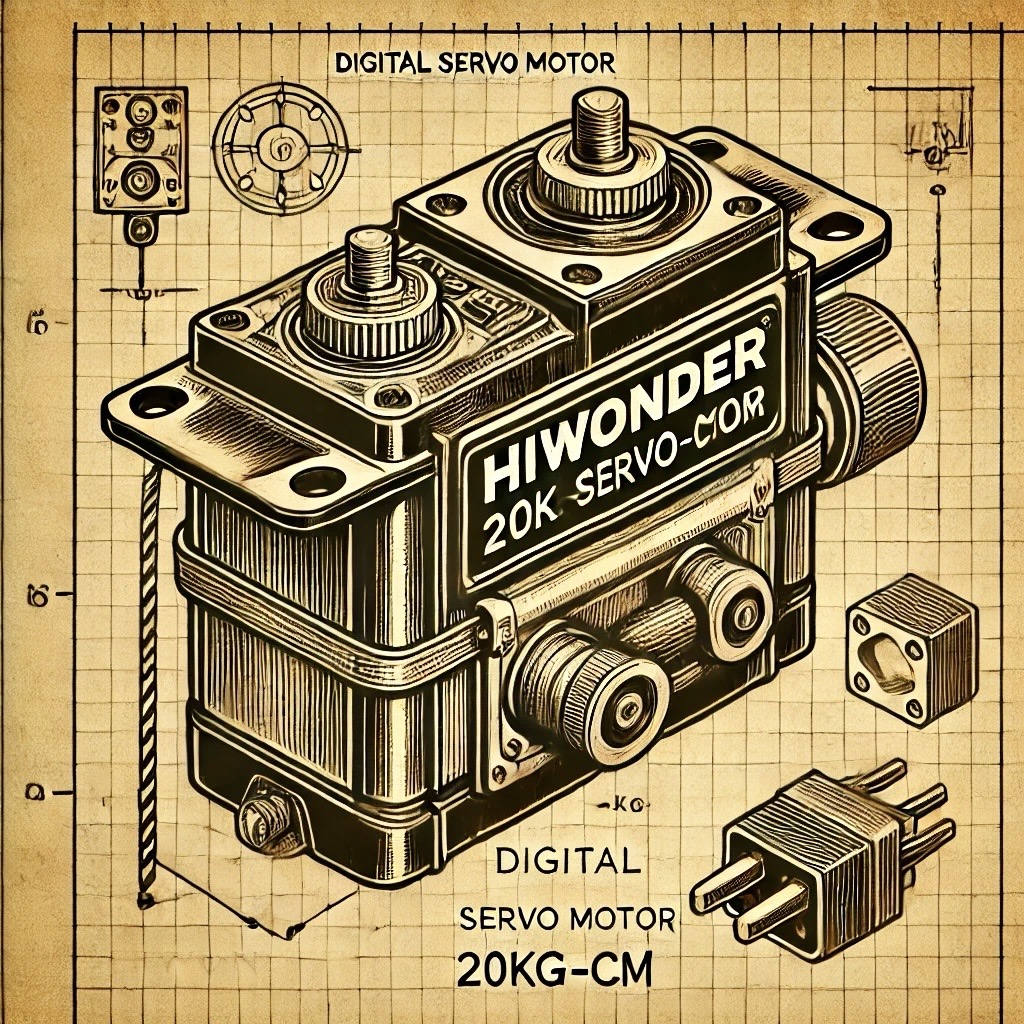What Is a Servo Motor?
A servo motor is a rotary or linear actuator that allows precise control of angular or linear position, speed, and acceleration. It is widely used in applications requiring accurate motion control.
How Servo Motors Work
Servo motors consist of a DC motor, a control circuit, a position sensor, and a gearbox. The control circuit receives a PWM signal to adjust the motor's angle or speed. The position sensor ensures accurate positioning.
Types of Servo Motors
- Positional Rotation Servos: Limited rotation between 0° and 180°, used in robotics and RC vehicles.
- Continuous Rotation Servos: Can rotate indefinitely, used in wheeled robots.
- Linear Servos: Provide linear motion for specific applications.
Popular Servo Motor Models
- SG90: Lightweight and affordable for small projects.
- MG996R: High torque for larger applications.
- DS3218: Waterproof and heavy-duty.
- HS-645MG: Reliable and durable for hobbyists.
- HS-422: Excellent for basic motion control.
- HV5525MG: High-voltage servo for industrial-grade applications.
Applications of Servo Motors
- Robotics: For precise control of robotic arms and joints.
- Automation: Used in conveyor belts and assembly lines.
- RC Vehicles: Steering and throttle control.
- Cameras: Pan and tilt mechanisms for gimbals.
How to Use Servo Motors
To use a servo motor with Arduino:
- Connect the servo's control wire to a PWM pin on the Arduino.
- Power the servo using an external power source (if needed).
- Upload code to generate the required PWM signal for the desired angle or rotation.
#includeServo myServo; void setup() { myServo.attach(9); // Connect to pin 9 } void loop() { myServo.write(90); // Rotate to 90° delay(1000); }
